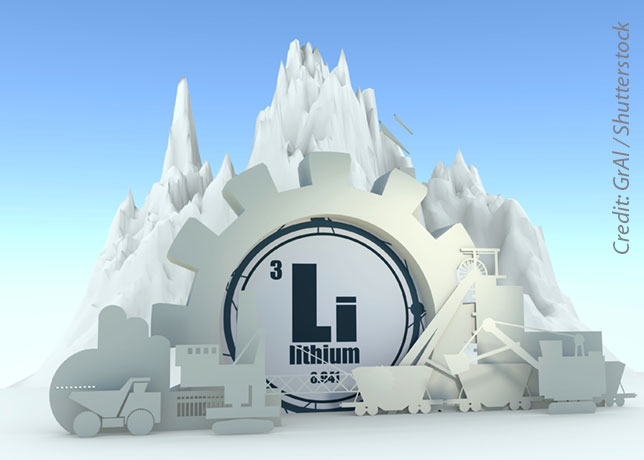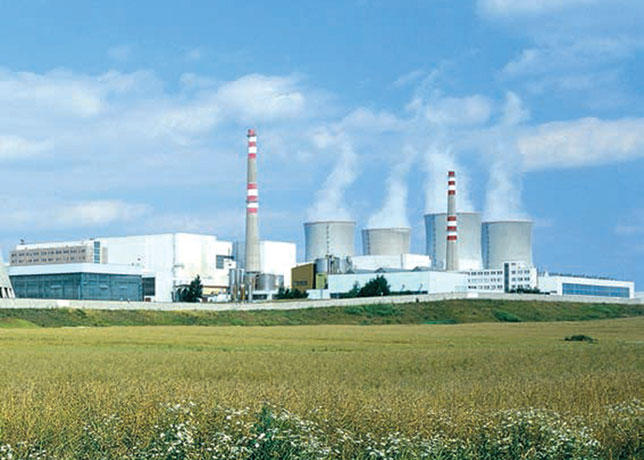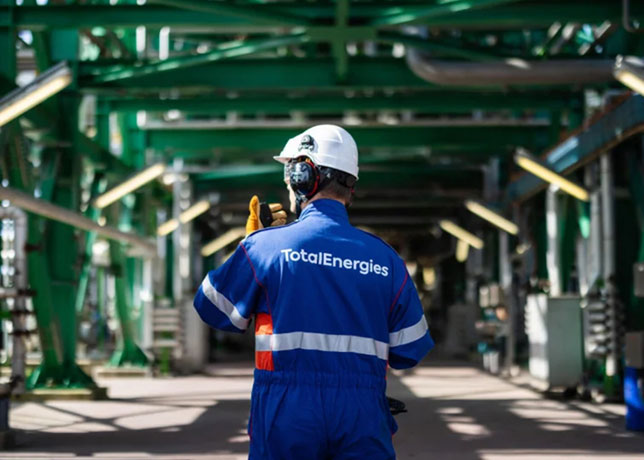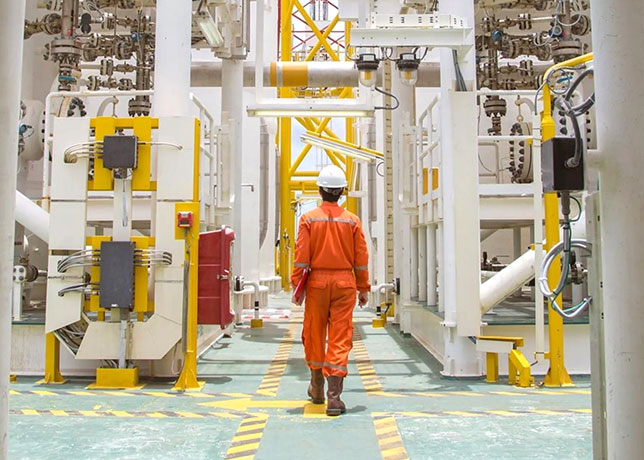
 Germany could produce critical raw materials domestically
Germany could produce critical raw materials domestically
Germany could cover, at least, part of its future critical raw material demand with domestic production, a report by the Institute for Geosciences and Natural Resources (BGR) has found.
Germany has reserves of copper large enough for "around 18 million electric cars or [to provide] 750,000 wind turbines with electrical cables," the report found, according to Clean Energy Wire.
Alongside a large lithium deposit in the Saxon Ore Mountains, lithium could also be obtained as a by-product from geothermal power plants. The first commercial project for lithium from geothermal sources, expected to start production in 2027, aims to produce 24,000 tonnes per year – enough for around 500,000 electric vehicles, the report said.
While there are more than 100 mining projects in Germany that could contribute to the domestic supply of critical raw materials, most ongoing exploration campaigns are still in the early stages and require considerable investments. On top of that, project approvals often fail due to a widespread lack of acceptance for domestic extraction, report co-author Michael Szurlies said.
"A large proportion of the mineral raw materials required in Germany each year are extracted from domestic deposits," said Volker Steinbach, head of the raw materials department at the BGR. "However, Germany has a comparatively low production of the mineral resources categorised as critical or strategic by the EU and is therefore currently largely dependent on imports."
Raw materials such as cobalt, copper and lithium are key for energy transition technologies such as batteries for electric vehicles and wind turbines.
Germany imports 39 of the 46 most relevant raw materials needed to achieve strategic targets in energy and industrial policy, according to a 2022 report.
A secure and sustainable supply of these materials is key for the successful transition to a climate neutral economy, as well as to reduce dependencies and to strengthen competitiveness and resilience.
The EU's Raw Material Act stipulates that at least ten percent of the annual consumption of critical raw materials is to be mined within the union by 2030.















































































